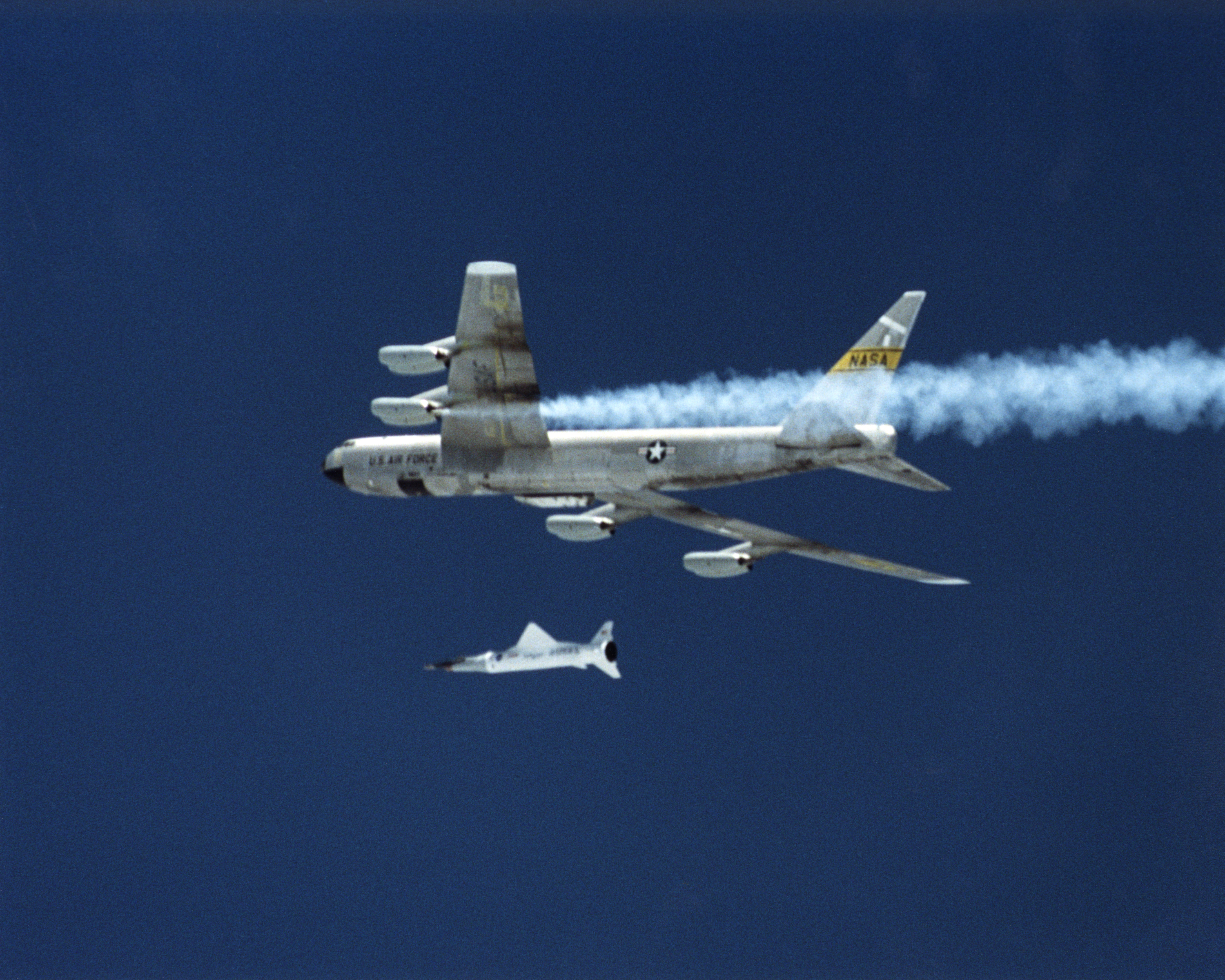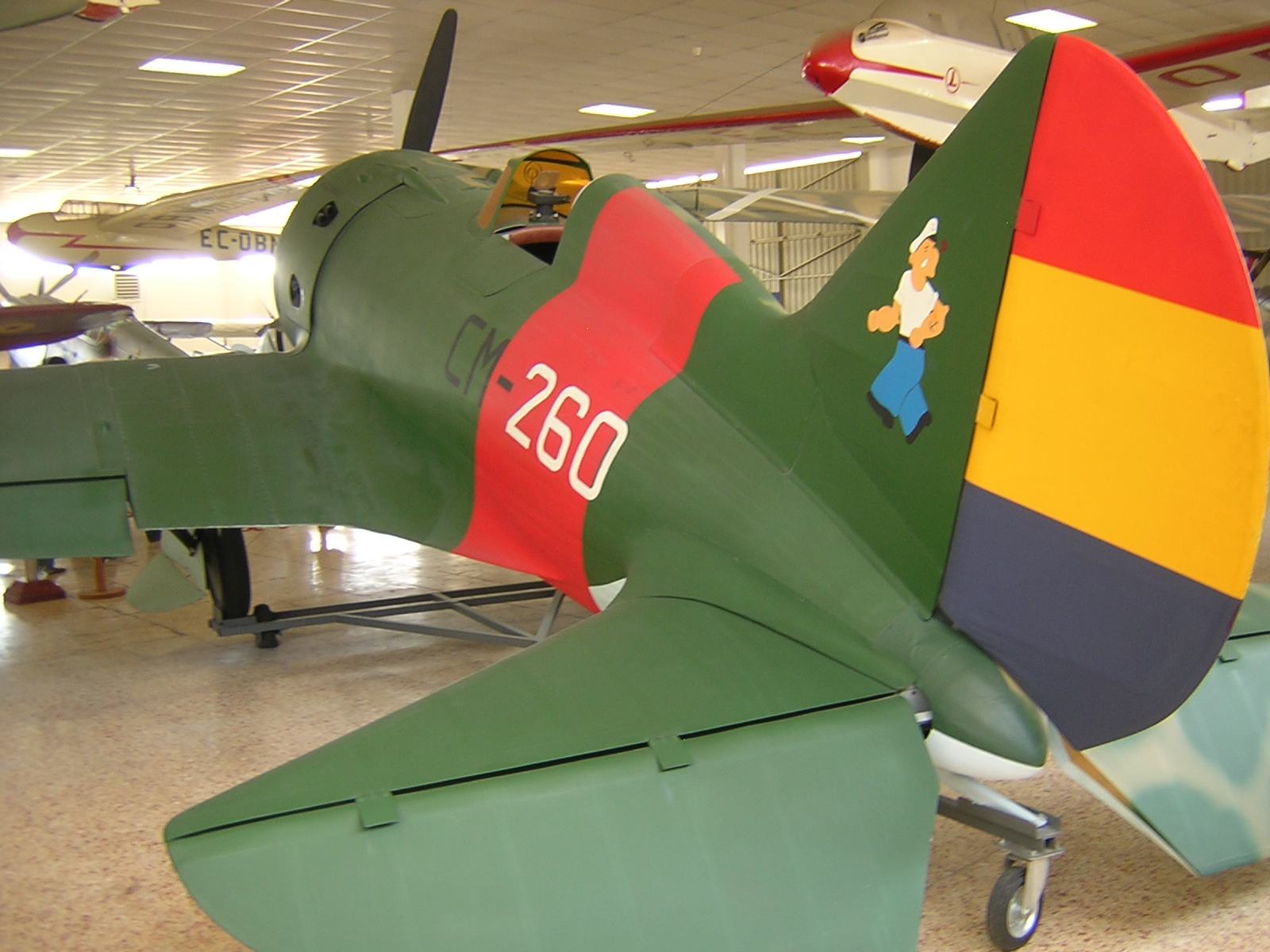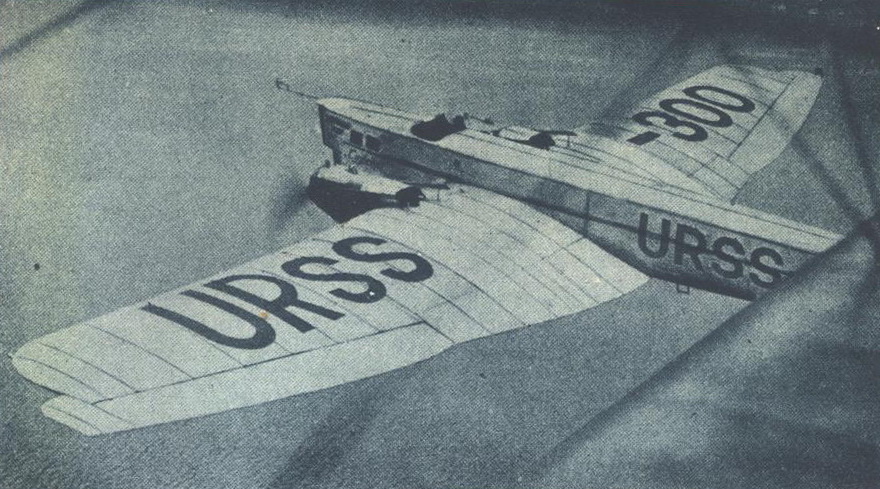|
Airborne Aircraft Carrier
An airborne aircraft carrier is a type of mother ship aircraft which can carry, launch, retrieve and support other smaller parasite aircraft. The only dedicated examples to have been built were airships, although existing heavier-than-air aircraft have been modified for use in similar roles. Airship projects In July 1917, experiments were made with aircraft slung under HM Airship No. 23, in hopes that they could defend the airship. First an unmanned, then a manned, Sopwith Camel fighters were launched successfully. The experiment was successfully completed with two other manned Camels. The British Imperial Airship Scheme of 1924 initially envisaged an airship that could carry five fighter aircraft in military use, but this requirement was abandoned and the project saw only the civilian R100 and R101 airships to completion. ''Akron''-class The two rigid airships of the , and , were built for scouting duties for the U.S. Navy and operational between 1931 and 1935. Foll ... [...More Info...] [...Related Items...] OR: [Wikipedia] [Google] [Baidu] |
Mother Ship
A mother ship, mothership or mother-ship is a large vehicle that leads, serves, or carries other smaller vehicles. A mother ship may be a maritime ship, aircraft, or spacecraft. Examples include bomber aircraft, bombers converted to carry experimental aircraft to altitudes where they can conduct their research (such as the B-52 carrying the X-15), or ships that carry small submarines to an area of ocean to be explored (such as the R/V Atlantis (AGOR-25), Atlantis II carrying the DSV Alvin, ''Alvin''). A mother ship may also be used to recover smaller craft, or go its own way after releasing them. A smaller vessel serving or caring for ''larger'' craft is usually called a tender ship, tender. Maritime craft During World War II, the German Type XIV submarine or ''Milchkuh'' (Milk cow) was a type of large submarine used to resupply the U-boats. Mother ships can carry small submersibles and submarines to an area of ocean to be explored (such as the R/V Atlantis (AGOR-25), Atla ... [...More Info...] [...Related Items...] OR: [Wikipedia] [Google] [Baidu] |
New Jersey
New Jersey is a U.S. state, state located in both the Mid-Atlantic States, Mid-Atlantic and Northeastern United States, Northeastern regions of the United States. Located at the geographic hub of the urban area, heavily urbanized Northeast megalopolis, it is bordered to the northwest, north, and northeast by New York (state), New York State; on its east, southeast, and south by the Atlantic Ocean; on its west by the Delaware River and Pennsylvania; and on its southwest by Delaware Bay and Delaware. At , New Jersey is the List of U.S. states and territories by area, fifth-smallest state in land area. According to a 2024 United States Census Bureau, U.S. Census Bureau estimate, it is the List of U.S. states and territories by population, 11th-most populous state, with over 9.5 million residents, its highest estimated count ever. The state capital is Trenton, New Jersey, Trenton, and the state's most populous city is Newark, New Jersey, Newark. New Jersey is the only U.S. stat ... [...More Info...] [...Related Items...] OR: [Wikipedia] [Google] [Baidu] |
Boeing B-29 Superfortress Variants
The Boeing B-29 Superfortress is a United States Army Air Forces long range, strategic heavy bomber that was produced in many Experimental aircraft, experimental and production models from 1943 to 1946. XB-29 : ''Section source: Baugher'' The XB-29, Boeing Model 345, was the first accepted prototype or experimental model delivered to the United States Army Air Corps, Army Air Corps, incorporating a number of improvements on the design originally submitted, including more and larger guns and self-sealing fuel tanks. Two aircraft were ordered in August 1940, and a third was ordered in December. A mockup was completed in the spring of 1941, and it first flew on September 21, 1942. Testing was conducted on the XB-29 until February 18, 1943, when the second prototype crashed. The flight was conducted by Boeing's chief test pilot, Edmund T. "Eddie" Allen on a two-hour powerplant performance test. The accident happened when leaking fuel from a filler cap in the wing leading edge ran d ... [...More Info...] [...Related Items...] OR: [Wikipedia] [Google] [Baidu] |
Aeroplane (magazine)
''Aeroplane'' (formerly ''Aeroplane Monthly'') is a British magazine devoted to aviation, with a focus on aviation history and preservation. __TOC__ ''Aeroplane Monthly'' Issue 1 of ''Aeroplane Monthly'' was published in May 1973 at a cover price of 30p, in association with ''Flight International ''Flight International'', formerly ''Flight'', is a monthly magazine focused on aerospace. Published in the United Kingdom and founded in 1909 as "A Journal devoted to the Interests, Practice, and Progress of Aerial Locomotion and Transport", i ...'', by IPC Media. The founder was Richard T. Riding (1942–2019), whose father, E.J. Riding, had been photographer for ''The Aeroplane'' magazine of the 1940s. The magazine is now owned by Key Publishing Ltd and headquartered in Stamford, Lincolnshire. The magazine is the successor to an earlier, weekly publication called ''The Aeroplane'', founded in 1911. See also *'' Air Enthusiast'' - defunct magazine, similar in nature to '' ... [...More Info...] [...Related Items...] OR: [Wikipedia] [Google] [Baidu] |
McDonnell F-85 Goblin
The McDonnell XF-85 Goblin is an American prototype fighter aircraft conceived during World War II by McDonnell Aircraft. It was intended to deploy from the bomb bay of the Convair B-36 bomber as a parasite fighter. The XF-85's intended role was to defend bombers from hostile interceptor aircraft, a need demonstrated during World War II. McDonnell built two prototypes before the United States Air Force, Air Force (USAF) terminated the program. The XF-85 was a response to a USAAF requirement for a fighter to be carried within the Northrop YB-35, Northrop XB-35 and B-36, then under development. This was to address the limited range of existing interceptor aircraft compared to the greater range of new bomber designs. The XF-85 was a diminutive jet aircraft featuring a distinctive potato-shaped fuselage and a forked-tail Stabilizer (aircraft), stabilizer design. The prototypes were built and underwent testing and evaluation in 1948. Flight tests showed promise in the design, but the ... [...More Info...] [...Related Items...] OR: [Wikipedia] [Google] [Baidu] |
McDonnell XF-85 Goblin And EB-29 Mothership
The McDonnell Aircraft Corporation was an American aerospace manufacturer based in St. Louis, Missouri. The company was founded on July 6, 1939, by James Smith McDonnell, and was best known for its military fighters, including the F-4 Phantom II, and crewed spacecraft including the Mercury capsule and Gemini capsule. McDonnell Aircraft later merged with the Douglas Aircraft Company to form McDonnell Douglas in 1967. History James McDonnell founded J.S. McDonnell & Associates in Milwaukee, Wisconsin, in 1928 to produce a small aircraft for family use.J.S. McDonnell & Associates, Early years: 1927-1938 (part 1) , Boeing.com. The economic depression from 1929 ruined his plans and the company collapsed. He went to work for [...More Info...] [...Related Items...] OR: [Wikipedia] [Google] [Baidu] |
Polikarpov I-16
The Polikarpov I-16 () is a Soviet single-engine single-seat fighter aircraft of revolutionary design; it is a low-wing cantilever monoplane fighter with retractable landing gear, and the first such aircraft to attain operational status. It "introduced a new vogue in fighter design".Green, William. "Polikarpov's Little Hawk". ''Flying Review'', November 1969. The I-16 was introduced in the mid-1930s and formed the backbone of the Soviet Air Force at the beginning of World War II. The diminutive fighter, nicknamed "''Ishak''" or "''Ishachok''" ("donkey" or "burro") by Soviet pilots, figured prominently in the Second Sino-Japanese War,Liss 1966, p. 10. the Battle of Khalkhin Gol, Winter War and the Spanish Civil War – where it was called the ("rat") by the Nationalists or (" fly") by the Republicans. The Finns called the aircraft "(flying squirrel)". Design and development While working on the Polikarpov I-15 biplane, Nikolai Nikolaevich Polikarpov began desig ... [...More Info...] [...Related Items...] OR: [Wikipedia] [Google] [Baidu] |
Tupolev TB-3
The Tupolev TB-3, OKB designation ANT-6, was a monoplane heavy bomber deployed by the Soviet Air Force in the 1930s and used during the early years of World War II. It was one of the world's first cantilever wing four-engine heavy bombers. Despite obsolescence and being officially withdrawn from service in 1939, the TB-3 performed bomber and transport duties throughout much of World War II. The TB-3 also saw combat as a Zveno project fighter mothership and as a light tank transport. Development In 1925, the Soviet Air Force approached TsAGI with a requirement for a heavy bomber with total engine output of and either wheeled or float landing gear. Tupolev OKB started design work in 1926 with the government operational requirements finalized in 1929.Gunston 1995, pp. 384–385. The Tupolev TB-1 was taken as the basis for the design and the aircraft was initially powered by Curtiss V-1570 "Conqueror" engines,Duffy and Kandalov 1996, p.42. with the intent of switching to Mi ... [...More Info...] [...Related Items...] OR: [Wikipedia] [Google] [Baidu] |
Tupolev TB-1
The Tupolev TB-1 (development name ANT-4) was a Soviet Union, Soviet bomber aircraft, an angular monoplane that served as the backbone of the Soviet bomber force for many years, and was the first large all-metal aircraft built in the Soviet Union. Design and development In 1924, the Soviet Air Force instructed TsAGI, (Центра́льный аэрогидродинами́ческий институ́т (ЦАГИ) – ''Tsentralniy Aerogidrodinamicheskiy Institut'' or Central Aerohydrodynamic Institute) to design a heavy-bomber. TsAGI gave the task to the division led by Andrei Tupolev.Gunston 1995, p.381. Tupolev's team designed a twin-engined all-metal monoplane with a corrugated Duralumin skin — based on Tupolev's earlier work utilizing the all-metal aircraft design techniques first pioneered by Hugo Junkers Junkers D.I, in 1918 — powered by two Napier Lion engines, and named the ANT-4.Duffy and Kandalov 1996, p.36. The first prototype was built during 1925 on the seco ... [...More Info...] [...Related Items...] OR: [Wikipedia] [Google] [Baidu] |
Soviet Union
The Union of Soviet Socialist Republics. (USSR), commonly known as the Soviet Union, was a List of former transcontinental countries#Since 1700, transcontinental country that spanned much of Eurasia from 1922 until Dissolution of the Soviet Union, it dissolved in 1991. During its existence, it was the list of countries and dependencies by area, largest country by area, extending across Time in Russia, eleven time zones and sharing Geography of the Soviet Union#Borders and neighbors, borders with twelve countries, and the List of countries and dependencies by population, third-most populous country. An overall successor to the Russian Empire, it was nominally organized as a federal union of Republics of the Soviet Union, national republics, the largest and most populous of which was the Russian SFSR. In practice, Government of the Soviet Union, its government and Economy of the Soviet Union, economy were Soviet-type economic planning, highly centralized. As a one-party state go ... [...More Info...] [...Related Items...] OR: [Wikipedia] [Google] [Baidu] |
ZRCV
The ZRCV was a large dirigible aircraft carrier proposed by the Lighter-than-Air Bureau of the United States Department of the Navy The United States Department of the Navy (DON) is one of the three military departments within the United States Department of Defense. It was established by an Act of Congress on 30 April 1798, at the urging of Secretary of War James McHenr ... and the Goodyear-Zeppelin Corporation. It would have been a airship designed to carry nine Douglas-Northrop BT–1 dive bombers. Building the ZRCV became impossible when the Roosevelt administration, which wanted greater investment in long-range patrol aircraft, placed an upper limit of in length for any new rigid airships. Origin of name Previous Navy airships had used the designation "ZR" (Zeppelin Rigid), which was combined with the designation for aircraft carriers, "CV" (Carrier aViation). Design Like the ''Akron''-class airships that preceded it, the ZRCV was designed as an aerial aircraft ... [...More Info...] [...Related Items...] OR: [Wikipedia] [Google] [Baidu] |
National Register Of Historic Places
The National Register of Historic Places (NRHP) is the Federal government of the United States, United States federal government's official United States National Register of Historic Places listings, list of sites, buildings, structures, Historic districts in the United States, districts, and objects deemed worthy of Historic preservation, preservation for their historical significance or "great artistic value". The enactment of the National Historic Preservation Act (NHPA) in 1966 established the National Register and the process for adding properties to it. Of the more than one and a half million properties on the National Register, 95,000 are listed individually. The remainder are contributing property, contributing resources within historic district (United States), historic districts. For the most of its history, the National Register has been administered by the National Park Service (NPS), an agency within the United States Department of the Interior. Its goals are to ... [...More Info...] [...Related Items...] OR: [Wikipedia] [Google] [Baidu] |








